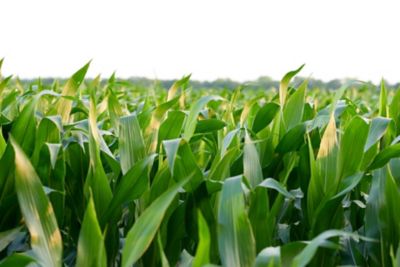
Seed Trait Ratings: What’s in a Number?
Each rating is backed by thousands of research hours and on-farm trials.
Seed trait ratings sound so simple, you might think they’re at best a guess and at worst an outright lie. You might ask yourself, what’s really the difference between a 5 and 8 stress emergence score, and can I trust it?
Each time you see seed trait ratings – whether it’s a Pioneer® brand product or another seed brand – you’re looking at a highly precise and lengthy process that involves potentially hundreds of people and thousands of hours. Let’s dive in to see how the process works.
At Pioneer, all new germplasm is evaluated with specific protocols against all the key diseases and wind-related lodging events that can affect products across the country. Once evaluations are complete and data analyzed, trait scores are given for agronomic, disease and grain quality trait characteristics. Scores range from 1 to 9, with one being the worst and nine being the best.
 |
| Gary Henke, Corteva Senior Research Scientist |
“You’ll see in the product catalog that most scores start in the four range and end in the seven-to-eight range,” Gary Henke, Senior Research Scientist with Corteva Agriscience, says. “This is because all the poor germplasm in a breeding program would score a one or two, or even a three for disease, gets discarded in the early stages of development. Similarly, on the higher end of the scale, you likely won’t see many nine for stalk or root lodging since those generally will not be competitive for yield. It’s always a balance of bringing yield stability along with agronomics. It’s just like a farmer trying to balance his risk and reward levels on his farm for different inputs like seed, fertilizer and chemicals.”
"That’s what these scores are meant to do — give farmers a tool to manage the risk in their operations,” Henke says.
Product managers, research scientists, disease scientists and silage scientists make up the team that scores these traits. Each scientist with the appropriate level of experience and expertise is the key individual to assign the scores for a given hybrid or variety.
The initial scoring is then followed by a review with commercial and product lifecycle leaders. Products that fall on the bubble between two scores will generate a discussion between research and commercial leaders to determine the most conservative score for the product. It is a highly deliberate and careful process.
“Our sales force trusts and relies on these scores to help position our products on our customers’ fields,” Henke says. “So even if a farmer is not using these scores directly, it is likely that those scores were used to develop the product positioning information to help the sales rep and grower make the right placement decision for a specific field.”

